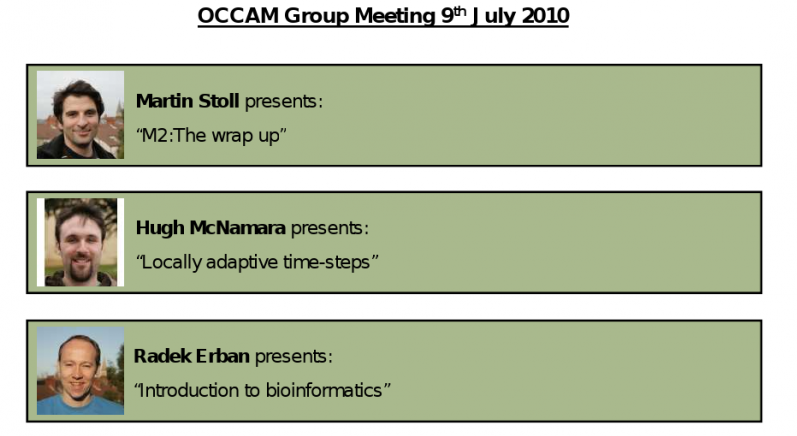Wound coils or rolls accumulate essentially flat strip compactly without folding or cutting and typically, strip is wound and unwound a number of times before its end use. The variety of material that is wound into coils or rolls is very extensive and includes magnetic tape, paper, cellophane, plastics, fabric and metals such as aluminium and steel.
Stresses wound into a coil provide its structural integrity via the frictional forces between the wraps. For a coil with inadequate inter-wrap pressure, the wraps may slip or telescope (causing surface scuffing) or the coil may slump and collapse. On the other hand, large internal stresses can cause increased creep and stress relaxation, collapse at the bore, stress wrinkling and rupture of the material in the coil.
Given the range of applications, it is not surprising that the literature on calculating stresses in wound coils is large and has a long history, which goes back at least to the wire winding of gun barrels. However the basic approach of the resulting accretion models, where the residual stress is recalculated each time a layer is added, has remained essentially the same. In this talk, we take a radically different approach in analysing the winding stresses in coils. Instead of the traditional method, we seek to deduce a winding policy that will achieve a target distribution of residual stresses within a coil. In this way, optimising the coiling tension profile is much more straight-forward, by
* Specifying the residue stresses required to avoid operational problems, tight-bore collapses, and other issues such as scuffing, then
* Determining the winding tension profile to produce the required residue stresses.


